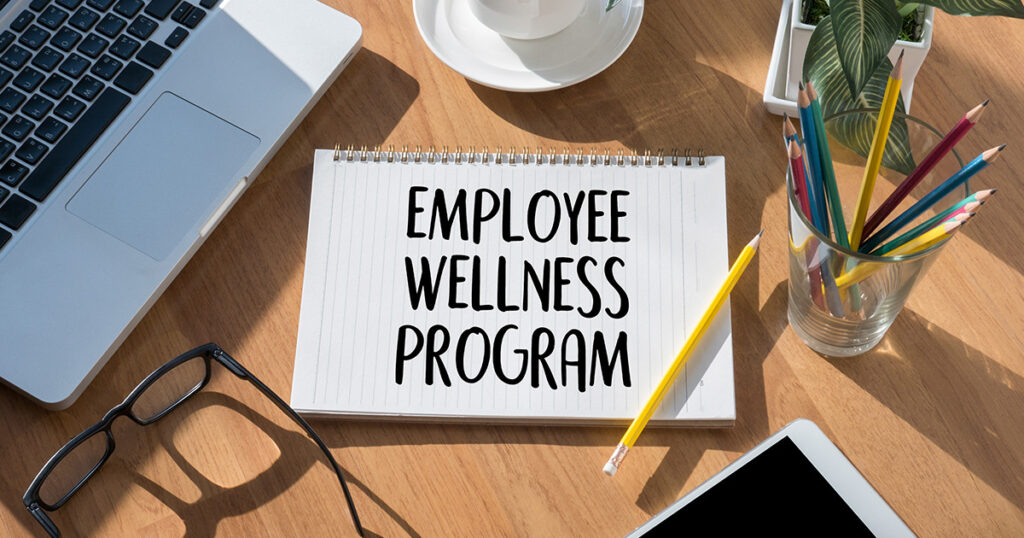Employee wellbeing covers the physical, mental or emotional, and financial health of staff. 58% of the world’s population spends one-third of their life at work, which makes supporting employee wellbeing a critical concern for every business leader.
A work environment designed to support employee well-being shows results in better job performance and business outcomes. Workplaces oriented towards mental wellness find increased motivation and productivity, higher profitability, and better recruitment and retention.
This makes sense when we realize that poor physical and mental well-being is directly linked to increased presenteeism and absenteeism. Employee wellbeing initiatives can improve staff, and eventually business, health.
How can you improve employee wellbeing in your workplace: these are the following low-cost suggestions to help you out:
1. Keep an Open Door Policy
Having an open-door policy will help managers know when an employee is facing problems with work or even coworkers. This is especially useful in small and medium businesses where people usually work in proximity and handle multiple tasks. Having a supportive manager to guide through difficult tasks is a huge support. Larger businesses can opt to offer private counselling or mentorship programs.
2. Share long-term goals with employees
Sharing long term goals with employees helps to plan out their career progression and helps to keep employees motivated. In new businesses, where pay scales are limited, having clear cut career progressions help employees stay focused.
3. Arrange regular get-togethers
Socializing and celebrating business and departmental wins with colleagues are incredibly good for well being. Employees who have a friend at work are more likely to enjoy coming to work than those who don’t. Having a close friend at work is linked with better job performance.
For businesses, this means that supporting friendships through regular social events can have a positive impact. If staff are comfortable with their colleagues, they are likely to ask for support when needed.
4. Encourage Breaks
It’s a common sight to see people at their desks during lunch, eating with one hand and typing with the other. Actual and regular breaks from work desks are key to physical wellbeing. Employees should be encouraged to take their lunch away from their desks. They’ll come back feeling physically and mentally refreshed, and are likely to be more productive.
5. Ensure a comfortable workplace
Our workplace ambience affects wellbeing, so having a pleasant and comfortable work environment for your employees will improve their physical and mental health. Having a fun break room, healthy food and drink options, ergonomic seating, are some of the ways you can improve the workplace environment.
6. Reward and recognize Consistently Good Work
Recognizing and rewarding employees for consistently good work can help increase confidence and make people feel valued for the regular good contributions they’re making. This is particularly important as one-time star performers usually steal the limelight and rewards. Whether it’s a simple ‘thank you or a reward for completing a project, there are many (low cost) ways to show that you value your steady workers as well as one-time peak performances.
7. Facilitate strong Employee-Manager Communication
This is linked to point one above. Managers can not help their employees without knowing what problems they face. And they won’t know without taking the time to communicate with their staff. Having regular one-to-one informal meetings between managers and employees as a normal part of work culture should encourage frequent conversation and allow any issues to be addressed early.
8. Tweak the working routine to work for your staff
Different employees have different personal challenges as well as working styles. What suits some may not suit another. Being flexible (where possible) for staff to craft a work routine that suits them can help in motivating and improving work performance. It is also a show of trust, which is always good for well being.
9. Survey your Staff for Feedback
Employee wellbeing initiatives are for staff, so it’s good to know if they are actually working or not. Otherwise, you are just wasting your time, money, and energy.
Collecting feedback from employees to see how your different initiatives are making them feel and what programs they’d like to see will help you make effective decisions and focus on what’s most important for your team.

Sadia Zaheer holds a Masters in Business Administration from IBA, Karachi. After working in several financial institutions in Client Management, Corporate Lending, Islamic Banking and Product Management she jumped careers to pursue a career in writing.
She is a Finance, Business and HR Development writer with four years of experience. She reads a lot and takes care of her multiple cats to remain calm.



